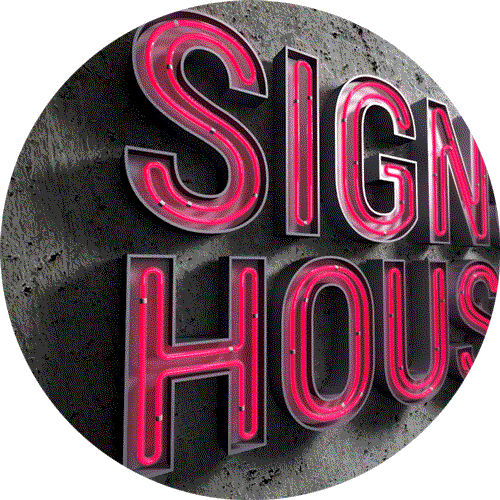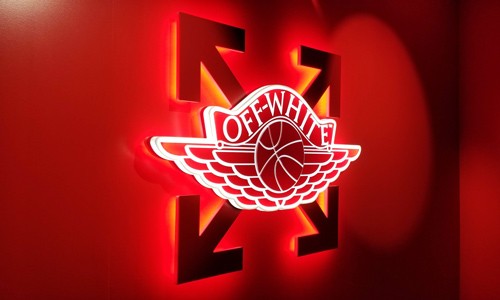Sign Illumination as a design aspect is often overlooked or overused, and can either improve the effectiveness of the sign, or make it totally unreadable, and inadequate. I will present some basic information that will help the reader understand the relationship between the architectural lighting of a specific project and lighting for signing and graphics in general.

Sign illumination is typically a functional aspect; it is a practical requirement, which we mostly take for given. However, architects and directional signs designers also utilize light as a versatile style element. Light from different sources can assist define kinds and areas and improve details. Synthetic light when used with some creativity can develop psychological state of minds. Especially when utilized with colorful walls, that can produce excitement, significant emphasis, and psychological warmth.
Important architectural projects are often floodlighted in the evening. A headquarters office building is part of the corporation’s public image, and correct exterior lighting improves that image. In addition to the outside directional signs lighting. Existing project lighting utilized to illuminate finalizing components will work, if signs are properly developed, and situated to benefit from it.
There are several standard lighting methods, which associate with the lighting of outside signing for architectural tasks. These are flood- or highlighting, ambient lighting, internal lighting, and external lighting. In some situations, exterior directional signs or letters which are cast into the structure wall or set flush with it can be illuminated by spill light from existing or additional floodlights. This is often an appropriate and subtle way to recognize dignified office complex.
Great care needs to be taken when floodlighting raised, three-dimensional letters of any density since shadows cast from the letters can hinder legibility. Naturally, shadows cast by such letters is a common issue in finalizing, whether brought on by floodlighting or the sun. However, the designer can in some cases get rid of these challenging conditions by choosing the best product or finish. For instance, aluminum or bronze letters mounted on a dark granite building will be rather clear under varying light conditions, if a bright satin surface is utilized. The designer should constantly bear in mind the specific ecological lighting when creating each sign, adjusting the style, and lighting where possible to collaborate.
Significant recognition signs for some projects are often rather large and located in such a way that floodlighting ought to not be used. A “trough” is developed to be recessed beside pathways and covered with a protective glass diffuser. This style supplies an unobtrusive source of even lighting, which extends the complete length of the sign. Standard spotlights would have created hot spots, glare, and irregular lighting.

In the type of spill light from existing architectural lighting, ambient lighting may produce appropriate illumination for many pedestrian-oriented directional signs. For instance, the address numbers or recognition signs at a structure entrance can be lit up by spill light from overhead entrance lighting if colors and products of these signs contrast well with their backgrounds.
The intensity of ambient light often is a critical element. In parking lots where existing light requirements may produce just a few foot-candles of lighting, parking entryway signs typically need internal lighting. Internal lighting of outside signs is often essential to make them readable in the evening or to give them special focus. We make all kinds of lighted directional signs, however, find that a lot of organization’s will use lighted channel letter signs with internal lighting as their finest option for effective sign lighting.





